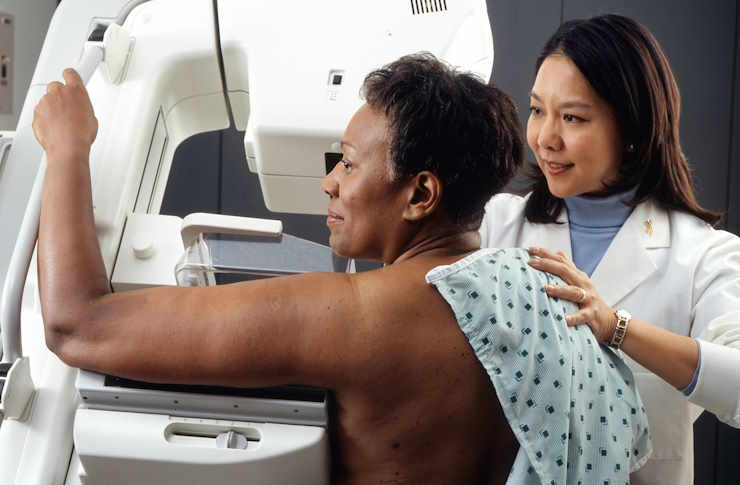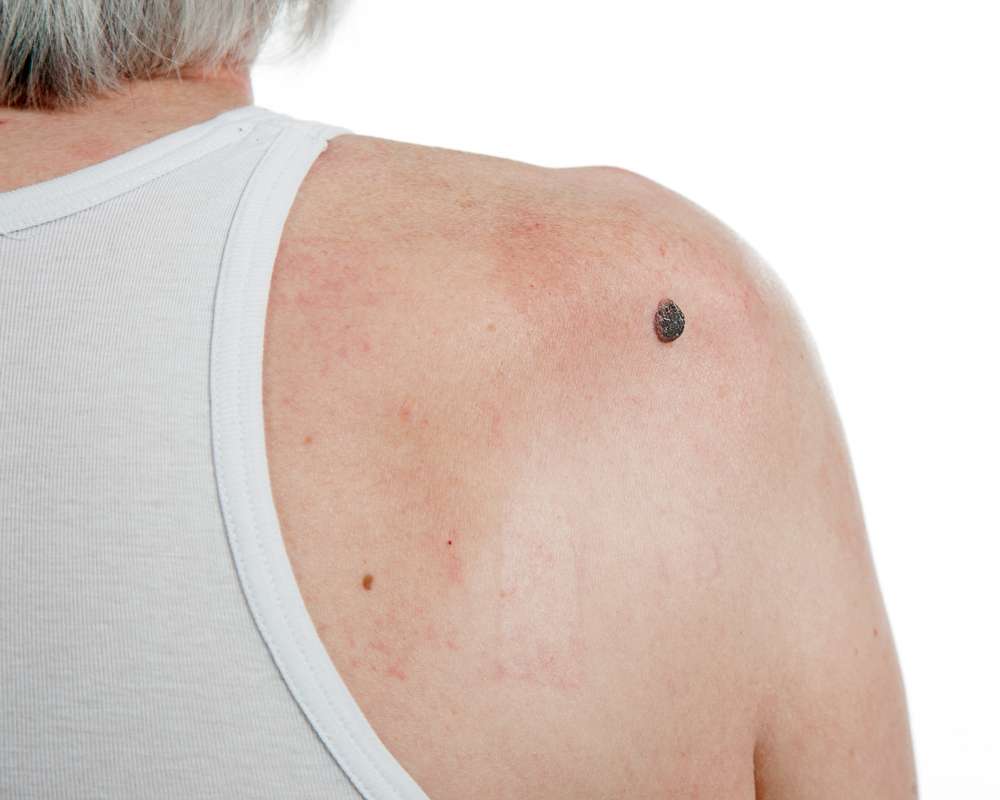Triple Negative Breast Cancer: Key Symptoms and Early Signs
Triple negative breast cancer (TNBC) represents approximately 10-15% of all breast cancer diagnoses, yet it often presents unique challenges in detection and treatment. This aggressive form of breast cancer lacks three key receptors that many other breast cancers possess, making early recognition of symptoms particularly crucial for effective treatment outcomes. Understanding the warning signs, risk factors, and diagnostic approaches can significantly impact treatment success and long-term prognosis for patients facing this diagnosis.

Triple negative breast cancer (TNBC) represents a challenging subtype of breast cancer that lacks the three most common receptors known to fuel breast cancer growth: estrogen, progesterone, and the HER2 protein. This absence of receptors limits targeted treatment options, making early detection particularly important. TNBC tends to be more aggressive than other forms of breast cancer and is more likely to recur. Recognizing the warning signs and understanding risk factors can significantly improve outcomes through earlier intervention and appropriate medical care.
Common Signs and Physical Symptoms of TNBC
The physical manifestations of triple negative breast cancer are similar to those of other breast cancer types. The most common symptom is a new lump or mass in the breast tissue. TNBC tumors often present as hard, painless masses with irregular edges, though some may be soft, round, tender, or even painful. Other physical symptoms include breast skin changes such as dimpling (resembling an orange peel), redness, or thickening of the skin. Nipple changes may also occur, including inversion (turning inward), discharge, or pain. Some patients report swelling of all or part of the breast, even without feeling a distinct lump.
Unlike some other breast cancers that develop slowly, TNBC tends to grow rapidly, so changes might become noticeable more quickly. Some patients report that their symptoms appeared suddenly, with the tumor growing noticeably within weeks. This aggressive growth pattern makes regular breast self-examinations and prompt medical attention for any changes particularly important for early detection.
Early Indicators That May Signal TNBC
While TNBC shares many symptoms with other breast cancer types, certain patterns may suggest this specific diagnosis. TNBC is more likely to present as an interval cancer—one that appears between regular screening mammograms—due to its rapid growth rate. Women might notice changes in their breast tissue that weren’t present just months earlier during their last screening or self-examination.
Inflammatory symptoms can sometimes indicate TNBC, including breast warmth, redness, and swelling that resembles an infection. These symptoms can be mistaken for mastitis (especially in younger women who may be breastfeeding) but don’t respond to antibiotic treatment. Lymph node involvement may occur earlier with TNBC compared to some other breast cancers, so swelling or tenderness under the arm or near the collarbone could be an early warning sign.
It’s important to note that many women with TNBC experience no symptoms at all in the early stages, which underscores the importance of regular screening for those at risk. Any persistent breast change that lasts more than a couple of weeks warrants medical evaluation, regardless of whether it matches typical cancer symptoms.
Understanding Risk Factors and Prevention
Several factors increase the risk of developing triple negative breast cancer. Age is significant, with TNBC more commonly diagnosed in women under 50, unlike other breast cancer types that typically affect older women. Race and ethnicity also play a role, with Black and Hispanic women having higher rates of TNBC than other racial groups. Genetic factors are particularly important, as women with mutations in the BRCA1 gene (and to a lesser extent BRCA2) face substantially higher risk of developing TNBC.
Other risk factors include having a first pregnancy after age 30, not breastfeeding, and having multiple pregnancies. Obesity and certain metabolic conditions may also increase risk, particularly in premenopausal women. Unlike some other breast cancer types, TNBC appears to have a weaker association with hormonal factors such as early menstruation or late menopause.
Prevention strategies focus on modifiable risk factors. Maintaining a healthy weight, regular physical activity, and limiting alcohol consumption may help reduce risk. Breastfeeding for a total of one year or more (combined across all children) appears to provide some protective effect against TNBC. For those with known BRCA mutations or strong family histories, preventive options may include more intensive screening, chemoprevention medications, or prophylactic surgery.
Diagnostic Procedures and Testing
When symptoms suggest possible breast cancer, diagnosis begins with a clinical breast examination and imaging studies. Mammography remains the standard initial screening tool, though TNBC can sometimes be more difficult to detect on mammograms due to its growth patterns and higher prevalence in younger women who often have denser breast tissue. Ultrasound and MRI may provide additional information, particularly for younger women or those with dense breasts.
If abnormalities are detected, a biopsy is necessary to confirm diagnosis. Core needle biopsy is the most common procedure, where a hollow needle removes small tissue samples from the suspicious area. These samples undergo pathological examination and immunohistochemical testing to determine receptor status. The diagnosis of TNBC is confirmed when tests show negative results for estrogen receptors, progesterone receptors, and HER2 protein expression.
Additional testing typically includes staging procedures to determine if the cancer has spread beyond the breast. This may involve lymph node evaluation, blood tests, and imaging studies such as CT scans, bone scans, or PET scans. Genetic testing for BRCA mutations is often recommended for women diagnosed with TNBC, especially those diagnosed at younger ages, as this information can influence treatment decisions and has implications for family members.
Follow-up Care and Monitoring
After TNBC diagnosis and treatment, vigilant follow-up care is essential due to the higher recurrence risk, particularly in the first three to five years after diagnosis. Standard follow-up protocols include regular physical examinations every three to six months for the first three years, then every six to twelve months for the next two years, and annually thereafter. These visits allow physicians to check for signs of recurrence or new cancers.
Imaging studies play a crucial role in monitoring. Annual mammograms are typically recommended for the treated breast (if preserved) and the contralateral breast. For some patients, especially those with dense breast tissue or higher recurrence risk, supplemental imaging with MRI or ultrasound may be appropriate. Blood tests to monitor organ function and tumor markers may also be included in follow-up care, though their utility varies among patients.
Long-term side effect management is another important aspect of follow-up care. Many TNBC patients undergo aggressive treatments including surgery, chemotherapy, and radiation, which can lead to lasting effects such as lymphedema, neuropathy, cognitive changes, or cardiac issues. Regular assessment of these potential complications allows for early intervention and better quality of life.
This article is for informational purposes only and should not be considered medical advice. Please consult a qualified healthcare professional for personalized guidance and treatment.




